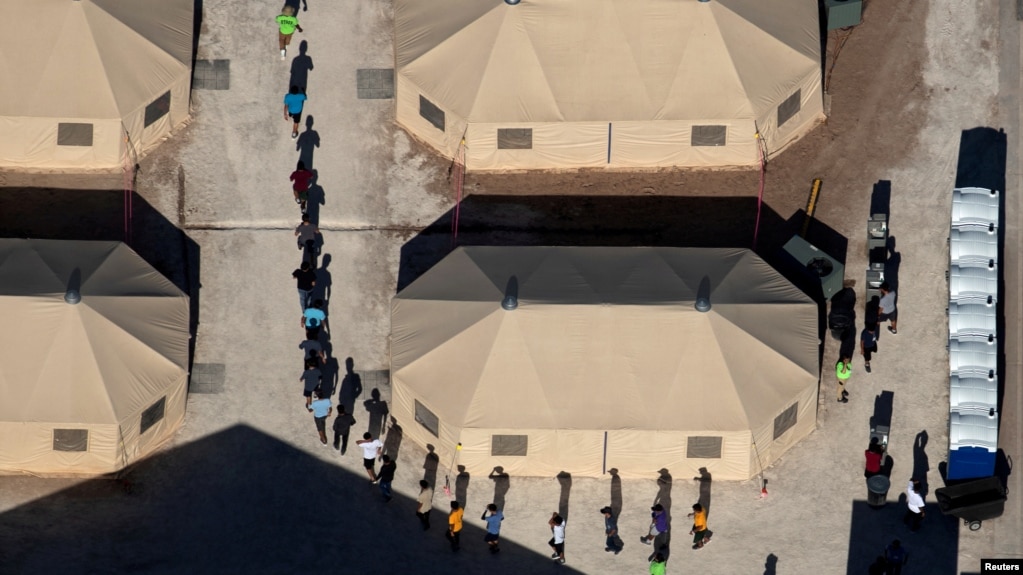The indictment remains sealed as to those charged but not as yet in custody. The charges allege Ashley Yen Nguyen AKA Duyen, 53, of Houston, headed the Southwest Houston-based organization and had associates operating throughout Texas and Vietnam.
The criminal organization also allegedly prepared fake wedding albums which were provided to the petitioner and beneficiary spouse that included photographs to make it appear as if they had a wedding ceremony above and beyond a simply courthouse marriage. The indictment further alleges the criminal organization provided false tax, utility and employment information to help ensure USCIS would approve the false immigration forms.
 ABC
ABC
HOUSTON — Fifty people are now in law enforcement custody following last week’s return of a 206-count indictment criminally charging 96 people for their alleged roles in a large-scale marriage fraud scheme.
This case was investigated by U.S. Immigration and Customs Enforcement’s (ICE) Homeland Security Investigations (HSI) Houston, and U.S. Citizenship and Immigration Services (USCIS) Houston.
A federal grand jury returned the massive indictment April 30, 2019. The indictment remains sealed for those charged but not yet in law enforcement custody.
This investigation targeted a suspected criminal organization allegedly operating a large-scale marriage fraud scheme to create sham marriages to illegally obtain admission and immigrant status for aliens in the United States.
The indictment further alleges Ashley Yen Nguyen, aka Duyen, 53, of Houston, headed the Southwest Houston-based organization and had associates operating throughout Texas and the Republic of Vietnam.
“Marriage fraud is a serious crime,” said District Director Tony Bryson, USCIS Houston. “This indictment reveals how successful our working relationships are with our law enforcement and intelligence partners when it comes to investigating marriage fraud. USCIS remains steadfast in our commitment to ensuring national security, public safety and the integrity of the immigration system.”
Individuals enter into sham marriages primarily to circumvent U.S. immigration laws. The indictment alleges the marriages involved in this conspiracy were shams because the spouses did not live together and did not intend to do so, contrary to the official documents and statements they submitted to USCIS. The spouses only met briefly, usually immediately before they obtained their marriage license, or not at all.
According to the criminal charges, each beneficiary spouse entered into an agreement with Duyen in which they paid about $50,000 to $70,000 to obtain full U.S. permanent resident status. The agreements were allegedly prorated in that they would pay an additional amount for each immigration benefit they received, such as admission into the United States, conditional U.S. permanent resident status and full U.S. permanent resident status.
In addition, Duyen and others allegedly recruited other U.S. citizens to act as petitioners in the sham marriages who received a portion of the proceeds received from the beneficiary spouses. Several individuals who were recruited as petitioners soon afterwards became recruiters themselves. Others were also allegedly in charge of receiving the proceeds from the beneficiary spouses and disbursing the payments to the petitioners.
The indictment also charges several individuals to act as guides for U.S. citizen petitioners who allegedly travelled to Vietnam under the guise they were going to meet his/her fiancée/fiancé. In truth, according to the indictment, they were beneficiary spouses paying the criminal organization to circumvent U.S. law.
This criminal organization also allegedly prepared fake wedding albums which were provided to the petitioner and beneficiary spouse that included photographs to make it appear as if they had a wedding ceremony above and beyond a simple courthouse marriage. The indictment further alleges the criminal organization provided false tax, utility and employment information to help ensure USCIS would approve the false immigration forms.
Attorney Trang Le Nguyen, aka Nguyen Le Thien Trang, 45, of Pearland, Texas, was also indicted for obstructing and impeding the due administration of justice and tampering with a witness, victim or informant. According to the indictment, Nguyen allegedly prepared paperwork associated with at least one of the fraudulent marriages and told a witness who provided information to law enforcement to go into hiding, to not engage in any air travel that may alert federal law enforcement to her presence, and to not provide any further information to law enforcement.
These criminal charges include: 47 counts of marriage fraud, 50 counts of mail fraud; 51 counts of immigration fraud; 51 counts of false statements under oath in a matter relating to registry of aliens; and one count each of conspiracy to engage in marriage fraud, conspiracy to commit mail fraud, conspiracy to commit immigration fraud, conspiracy to make false statements under oath in a matter relating to registry of aliens, unlawful procurement of naturalization, obstructing and impeding the due administration of justice, and tampering with a witness, victim or informant.
Conspiracy to commit mail fraud, mail fraud and tampering with a witness, victim or informant all carry possible 20-year federal prison sentences. If convicted of conspiracy to commit marriage fraud or marriage fraud, those charged face up to five years in prison. The remaining charges all have maximum possible 10-year-terms of federal imprisonment.
“The following agencies participated in last week’s operation to arrest the indicted individuals: HSI Houston, USCIS Houston, U.S. Marshals Service, U.S. Department of Labor, U.S. Department of State, U.S. Treasury, Internal Revenue Service, Fort Bend County (Texas) Sheriff’s Office, Harris County (Texas) Constable’s Office Precinct 5, Houston Police Department, Harris County (Texas) Sheriff’s Office and Texas Department of Public Safety.”
Assistant U.S. Attorneys Adam Laurence Goldman, Michael Day and Kate Suh, Southern District of Texas, are prosecuting this case.
An indictment is an accusation of criminal conduct, not evidence. A defendant is presumed innocent unless convicted through due process of law.




 Hat tip:
Hat tip: 


